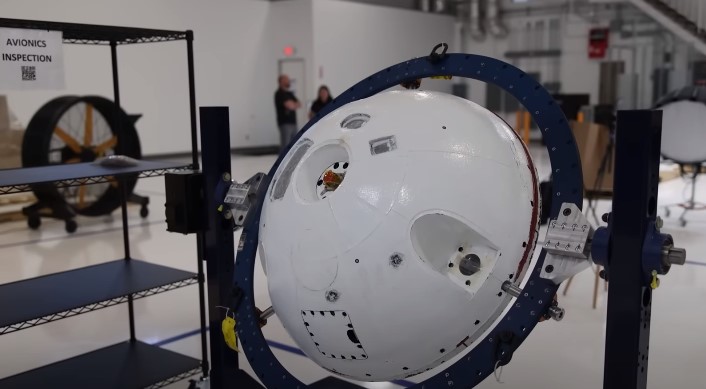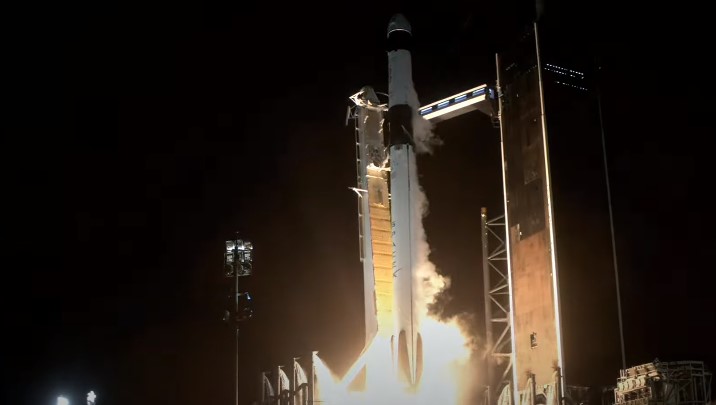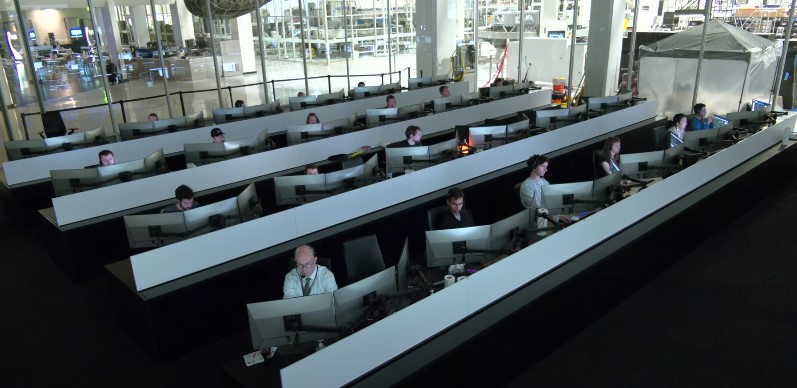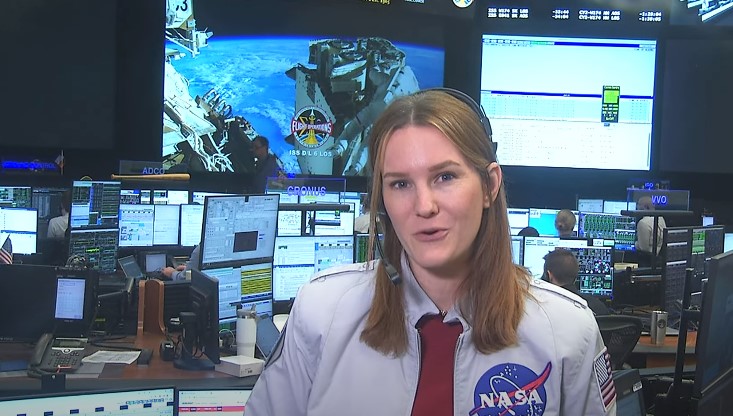Exploring space comes with expenses encompassing spacecraft development, launch infrastructure, and mission operations. Factors include mission complexity, vehicle type, and duration.
Beyond financial considerations, the significance of space travel endures. Now, let’s delve into key cost components and their nuances.
How Much Does It Cost to Go to Space?
Let’s break it down: key companies, their prices, and what you get. Curious about the price of space travel?
Virgin Galactic
At $250,000, you can get a seat on Branson’s SpaceShipTwo for a 90-minute flight. Journey beyond Earth’s atmosphere, crossing the 62-mile-high Karman line – the edge of space.
Blue Origin
Named after Alan Shepard, the first man in space, Jeff Bezos’ ‘New Shepard’ spacecraft nears passenger flights after successful tests.

While ticket prices remain undisclosed, they’re expected to resemble Virgin Galactic’s $250,000 for space travel, signaling a potential comparable cost for Bezos’ venture.
SpaceX and NASA
SpaceX, led by Elon Musk, achieved successful ISS missions. Two NASA astronauts spent 2 months onboard the Dragon spacecraft. NASA’s decision to allow space tourism and business use of the ISS created excitement, especially among billionaires.
Private astronauts can stay on the station for $35,000/night, up to 30 days, via US spacecraft. A round-trip ticket with SpaceX or Boeing costs about $60 million.
Roscosmos
After NASA’s shuttle program ended in 2011, Roscosmos, the Russian space agency, became the sole provider of spaceflights. NASA purchased seats on the Soyuz spacecraft, with costs escalating to $82 million per seat.
Before 2011, Roscosmos collaborated with private firms, sending Dennis Tito as the first space tourist in 2001, embarking on a 7-day mission to the ISS.

What is Space Tourism?
Space tourism refers to the practice of individuals traveling beyond Earth’s atmosphere for recreational purposes. It involves paying for a spaceflight experience that allows non-professional astronauts to briefly experience weightlessness and witness the Earth from space.
Space tourism is a growing industry, offering a unique and awe-inspiring adventure for those willing to explore beyond our planet.
What Are the Cost-Related Factors of Going to Space?
Embarking on a journey beyond Earth’s atmosphere is a remarkable feat, but it comes with a range of cost-related factors that influence the overall expense of space travel. From spacecraft development to mission operations, several key elements contribute to the final price tag of venturing into space.
Spacecraft Development and Production
One of the primary cost factors in space travel is the development and production of the spacecraft itself.

Designing and building a vehicle that can withstand the harsh conditions of space, provide life support, and ensure the safety of passengers requires cutting-edge technology and extensive engineering expertise.
The research, testing, and manufacturing processes all contribute significantly to the overall cost.
Launch Infrastructure and Technology
Getting a spacecraft off the ground involves sophisticated launch infrastructure and technology. Launchpads, rockets, propellant systems, and ground support facilities are essential for a successful launch.
The expenses associated with building and maintaining these systems, along with the propulsion technology needed for space travel, add to the overall cost of the mission.

Mission Complexity and Duration
The complexity and duration of the mission play a pivotal role in determining its cost. Longer missions or those involving intricate maneuvers, such as orbital rendezvous, docking, or multiple destinations, require more resources, including fuel, supplies, and onboard systems.
Additionally, complex missions often involve more thorough testing and training, contributing to increased costs.
Vehicle Type and Capacity
The type of vehicle used for space travel can significantly impact costs. Vehicles designed for suborbital flights, such as Virgin Galactic’s SpaceShipTwo [1], have different cost structures compared to those engineered for orbital or interplanetary missions.
The capacity of the vehicle, in terms of the number of passengers it can carry, also affects costs. More passengers may lead to increased safety measures, supplies, and accommodations.

Safety Measures and Regulations
Ensuring the safety of passengers and crew is paramount in space travel. Meeting stringent safety standards and complying with regulations set by space agencies increases costs.
Extensive testing, redundancy in critical systems, and emergency protocols contribute to the overall expense but are crucial for safeguarding the lives of those on board.
Market Competition and Demand
The emerging space tourism industry is witnessing increasing market competition, which can impact pricing. Companies strive to offer competitive prices to attract customers, which may lead to adjustments in cost structures and overall accessibility to space travel experiences.
Research and Innovation

Many aspects of space travel require continuous research and innovation, which comes with its own set of costs. Developing new technologies for propulsion, life support, and materials that can withstand space conditions contributes to the overall expenses.
Conclusion
Navigating the cost of space travel involves intricate considerations, spanning spacecraft design, launch logistics, mission intricacy, and safety protocols. This financial landscape continues to evolve, shaping the prospects of venturing beyond our planet’s bounds.

